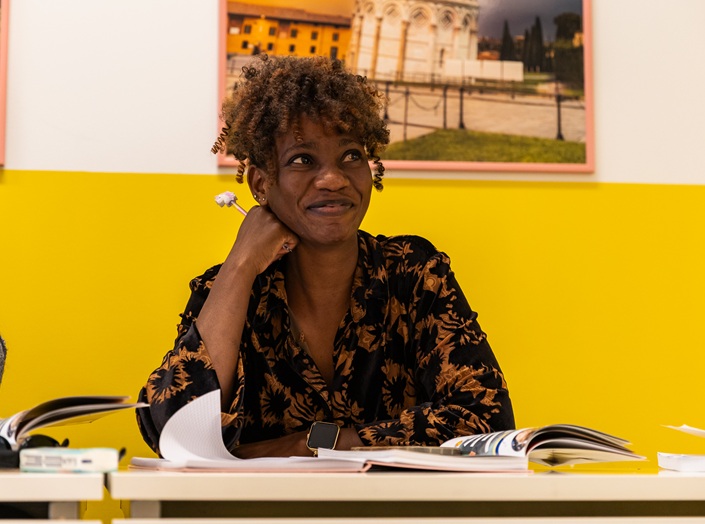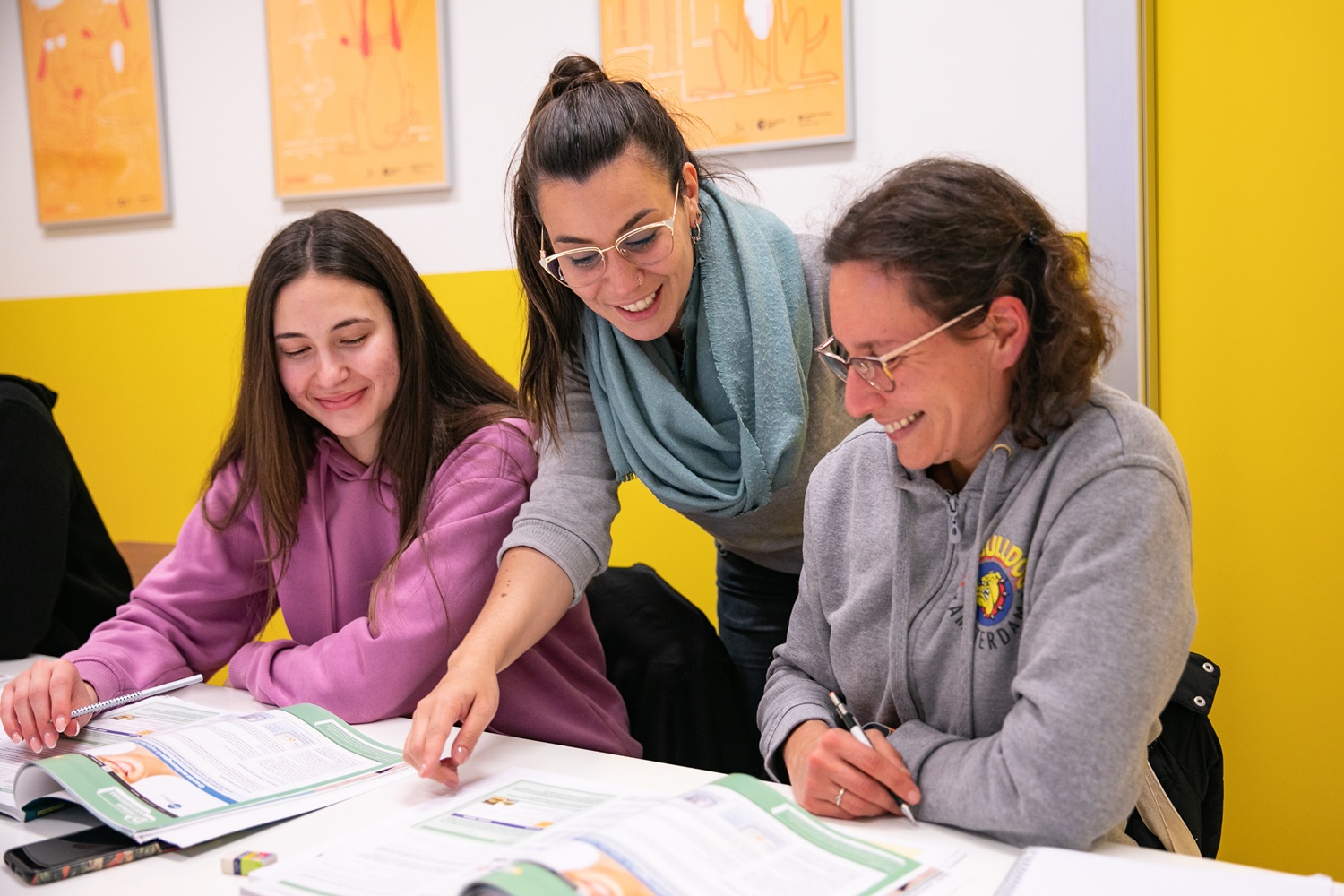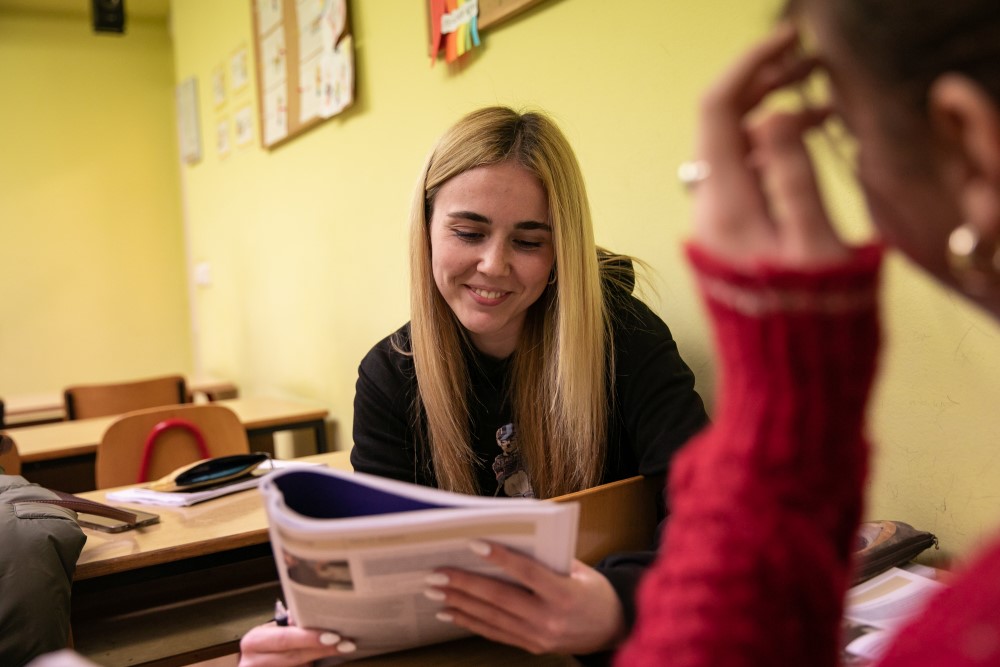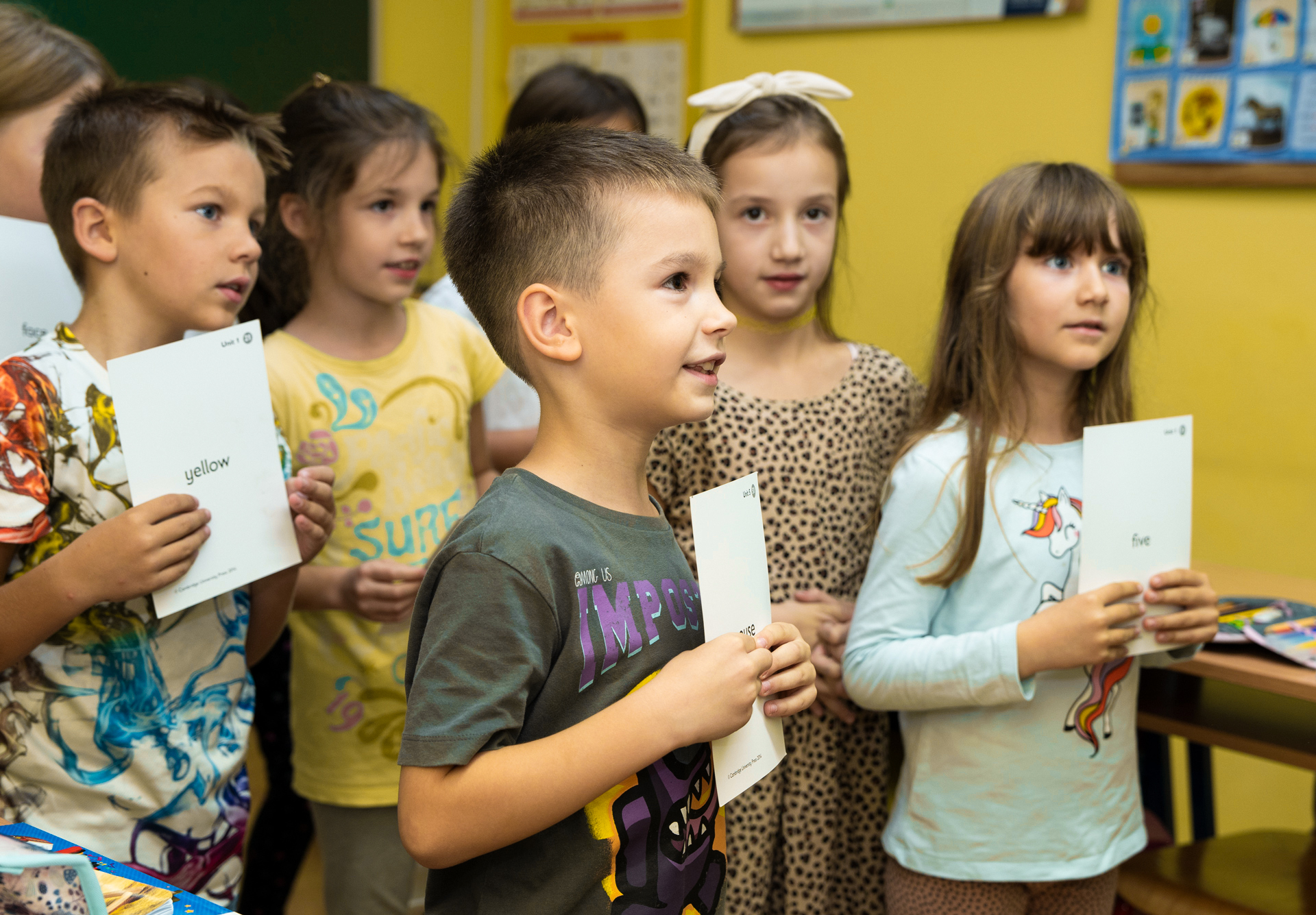
Blog
Think smart, think creatively
Written by teacher Marina Jurišić
We have long been aware that traditional learning based solely on memorizing data is not what we need. At a time when machines are getting better than people in memory and information processing, we need to adapt the education system as well. One of the situations in which foreign language teachers find themselves often is the silence when they ask a question and ask their students' opinions.
How to remove that awkward silence and think outside the box?
Critical thinking is defined as a set of different complex skills related to higher-order thinking and leads to new and innovative ideas and solves problems. It involves a critical review of learning experiences and processes as well as making effective decisions while avoiding common pitfalls. We are often inclined to look at the problem from only one side, to reject new evidence and ideas that do not support our own, and the like.
Where to start?
Edward de Bono, who came up with the idea of the Six Thinking Hats in the 1980s, comes to our aid. His method is based on a psychological role-play that calls for consideration of problems from different positions, and business people use this process of thinking to become more productive, focused and consciously involved. A similar process can be used effectively in foreign language learning to engage students more in discussions.
Which one is your hat?
- the blue hat is a thought process that looks at the whole process of thinking
- the white objective hat is only interested in information and facts
- the optimistic yellow hat tries to find the positive sides of problems or suggestions
- the black hat thinks about the risks and possible negative consequences of an idea
- the creative green hat plans and creates new ideas, suggests changes
- the red hat is oriented to feelings and intuition, expresses feelings and premonitions without the need for explanation.
Depending on the age of the student or the goal, teachers may omit hats or give rules (blue hat) or facts (white hat) in advance. So some initial ideas will require a blue, white and green hat, for quick feedback include a blue, black, green and white hat. Strategic planning will include a blue, yellow, black and white hat while all six hats will be needed to choose between alternatives and to solve the problem.
True or false?
We can all continuously improve our critical thinking skills by checking the information that is presented to us on a daily basis on websites and social networks. Students become less passive, and at the same time more tolerant and empathetic. Before clicking share and forwarding the news, it is necessary to use common sense, check the source of the news, compare it with other sources, and check the grammar. Is something too good to be true? Students should be allowed to discuss in groups, allow them to create fake news themselves, but also observe their feelings because fake news often plays with emotions.



